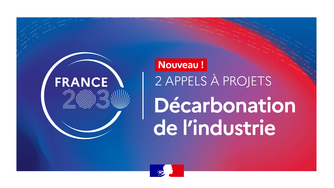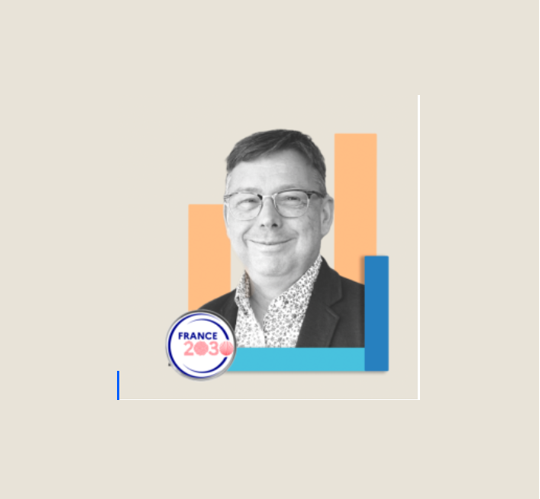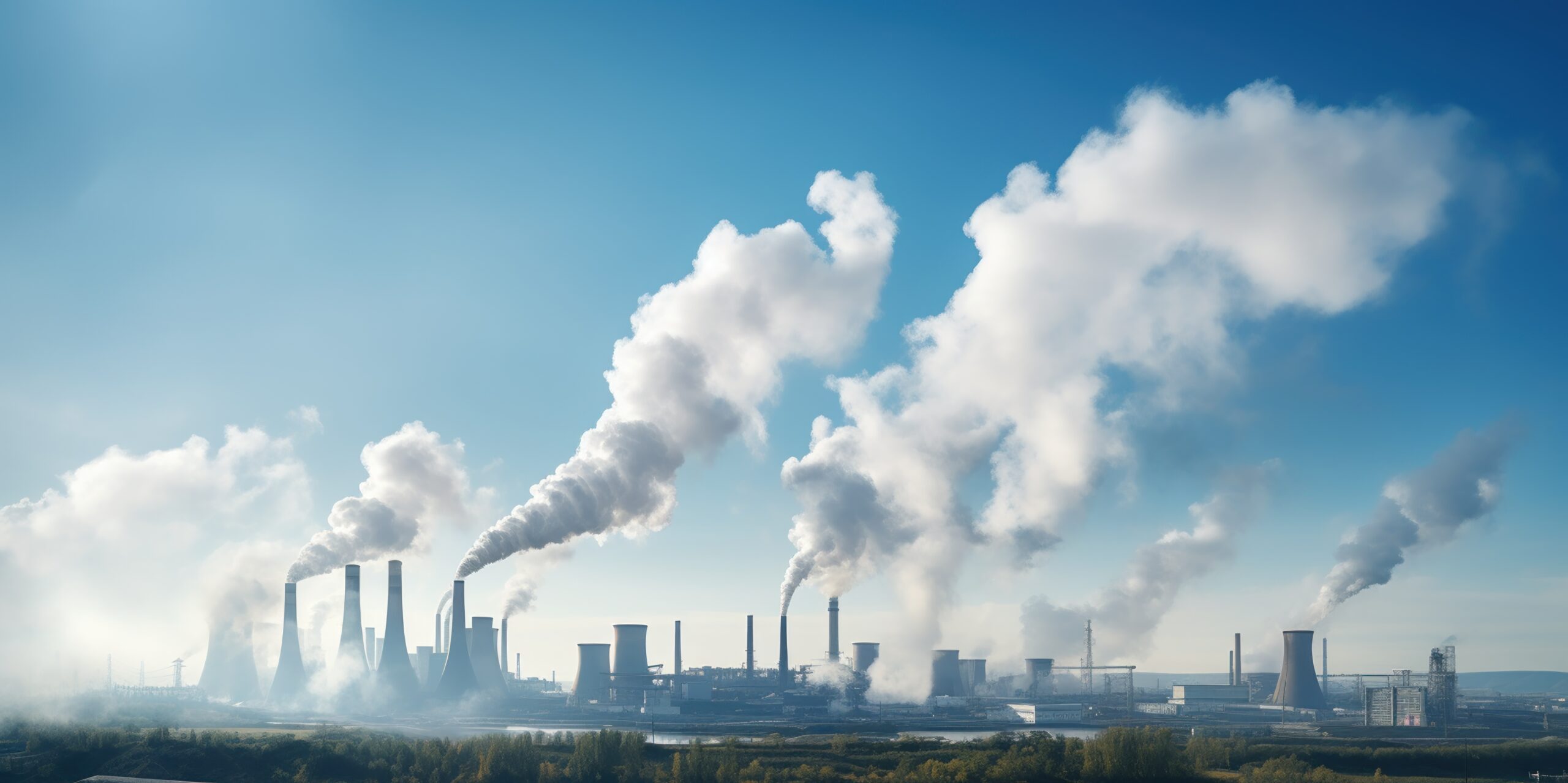Interview with Marie Renaudie, leader of the COCCINELLE project
Can you introduce yourself in a few words ?
“My name is Marie Renaudie and I’m a lecturer at Polytech Nantes. An agri-food engineer with a degree from Oniris Nantes, I wrote my thesis on biohydrogen production (IPHC, University of Strasbourg) and worked as a post-doctoral researcher on a variety of subjects including the analysis of biofilm clogging (LEMTA and LCPME, University of Lorraine, and IFPEN) and the calcification of microalgae for civil engineering applications (GeM, Centrale Nantes). I have also held positions as production engineer and process development manager for the production of biomedicines (Novartis, Affilogic).
Today, my teaching and research activities focus on the development of micro-organism culture processes in response to societal challenges.
What was the idea behind your project and how did it come about ?
“Our project is based on the idea of using microalgae and cyanobacteria to capture and store CO2 sustainably, while making the most of the resources produced in a variety of fields. These organisms have unique advantages: they can use renewable solar energy, they can be grown without competing with agricultural land and they can produce high added-value compounds.
However, carbon storage in organic biomass is temporary, as the CO2 is released when it is used. We have therefore focused our research on calcifying photosynthetic microorganisms, such as coccolithophores and cyanobacteria. These organisms can biomineralise carbon into carbonates (fig 1), offering a complementary solution to other technologies for long-term storage in materials such as concrete. This process also opens the way to innovative applications in biomaterials. The organic fraction can also be recycled.

Figure 1 : Images MEB de souches modèles (A) Emiliania huxleyi et ses coccolithes calcaires et (B) Synechococcus PCC8806 et cristaux globulaires de calcite (adapté de Liang et al., 2013 ; Skeffington et Scheffel, 2018)
The idea of working with calcifying phytoplankton gradually emerged during my post-doctorate at GeM, where we explored the use of cyanobacteria to protect concrete structures, in collaboration with Benoit Hilloulin and Emmanuel Rozière. Joining GEPEA enabled me to continue this study and develop the production and use of calcifying phytoplankton, through internships and a current MESRI thesis on a coccolithophore, working with Pierre Albrand, Pascale Gillon and Guillaume Cogne. This work laid the foundations for the COCCINELLE project.
The COCCINELLE project emerged naturally from the intersection of these ideas and work. Through our partnership with Céline Laroche and Jean-François Cornet from the GePEB team (IP, Université Clermont Auvergne), strengthened by fruitful past collaborations, we will also be tackling the complex physical-biochemical challenges involved in adapting these processes to an industrial context. The GEPEA’s strong interdisciplinary approach will also enable us to draw on the skills of our colleagues Estelle Couallier, concerning the separation of mineral and organic fractions, and Eric Leroy and Raphaël Poryles to explore a new route to recovery.
What are your long-term objectives ?
“The main scientific challenges of the COCCINELLE project are as follows:
- To understand the development mechanisms of these specific microorganisms by studying their metabolism in relation to the culture parameters of light, nutrients and CO2.
- To maximise carbonate precipitation and CO2 sequestration in mineral form in the laboratory photobioreactor.
- Assess the potential for carbon sequestration at pilot scale and identify limitations to be overcome before scaling up.
- Storing the biominerals produced in cementitious materials and assessing the impact on the properties of the cementitious matrix
- Exploring a potential use in functional materials.
In the medium term, our ambition is to deepen our understanding of biomineralisation processes in coccolithophores and cyanobacteria, and to integrate this knowledge for implementation in an industrial context. To do this, we plan to develop a model to assess the complex interactions between phenomena occurring in the gas, liquid, solid and biotic phases.
Our aim is also to provide quantitative data to assess the potential of this technology in terms of biofixation of carbon, in both mineral and organic forms. These data will be used for initial life-cycle and techno-economic analyses of the process. An integrated approach will be implemented to produce, harvest and separate biomass and biominerals on a pilot scale, on the AlgoSolis platform. This will provide the equipment needed to explore the possibilities of long-term storage and recovery.
The longer-term prospects are to tackle the problems associated with using real resources for scale-up, such as industrial gas and liquid effluents or alternative sources of calcium. The ultimate goal is to implement the process on a pilot scale in an industrial context.
In the laboratory, I also want to continue exploring the many ways in which calcifying phytoplankton can be used. During the project, we will be working on model species, but the diversity of the mineral biostructures formed is vast, and it is possible to functionalise the mineral structures produced. Integrating the biomineralisation function into the development of bioremediation processes and improving the durability of civil engineering structures is a complementary avenue. This field of research remains largely unexplored and offers fascinating prospects”.
How can people follow you or contribute to your project ?
“We have a page dedicated to the COCCINELLE project: www.univ-nantes.fr/projet-coccinelle, where we will share the main advances.
We are open to academic and industrial collaborations. If you are interested in a potential synergy, particularly around the valorisation of biominerals or the applications of calcifying microalgae, please do not hesitate to contact us”.
More news News


